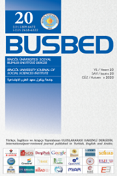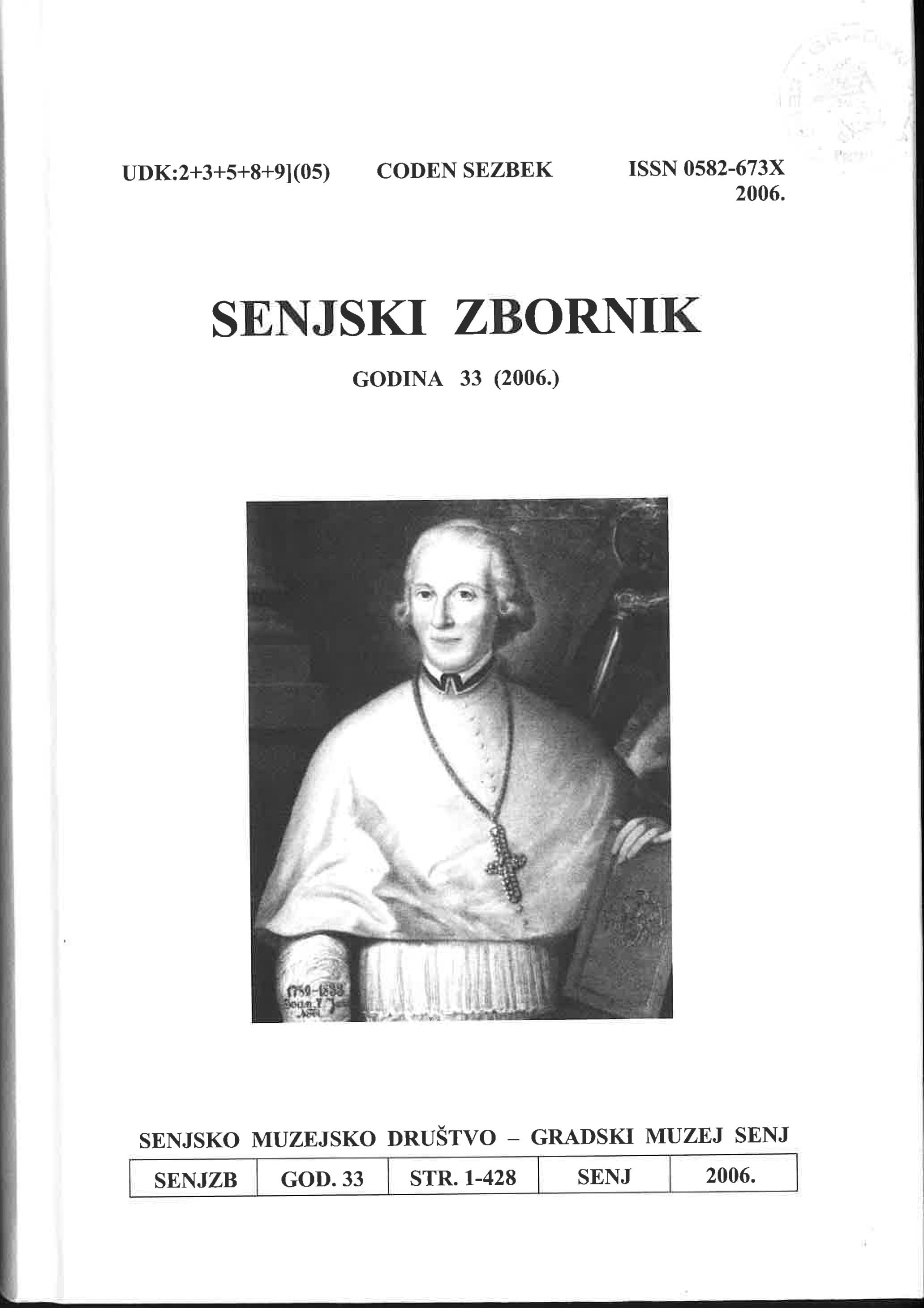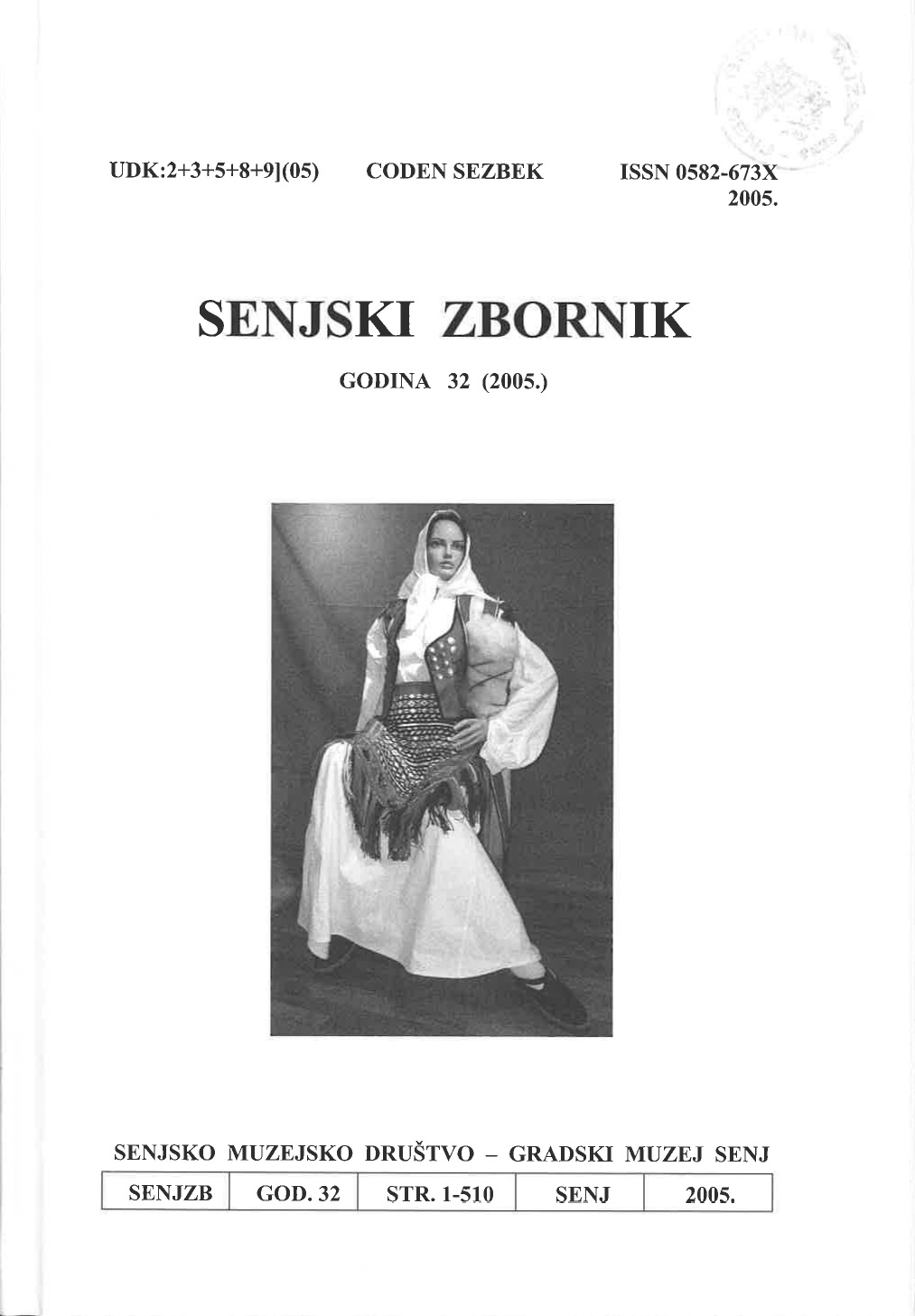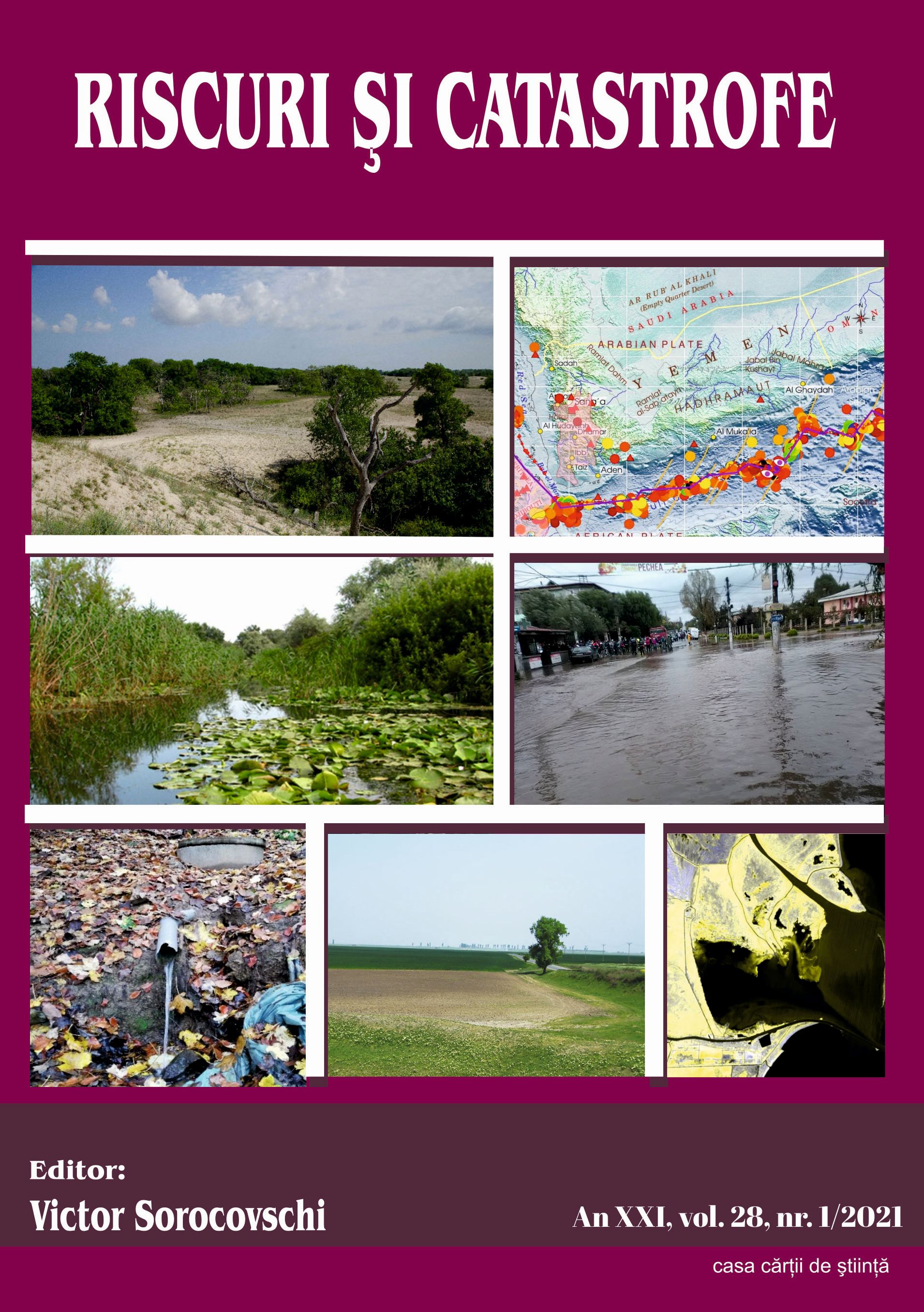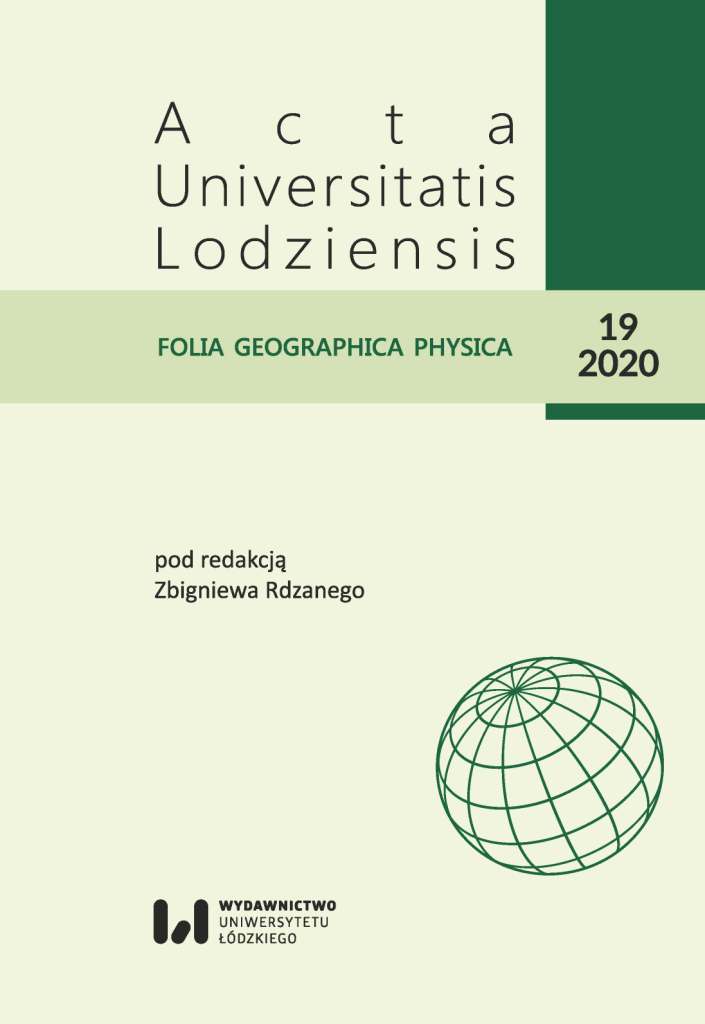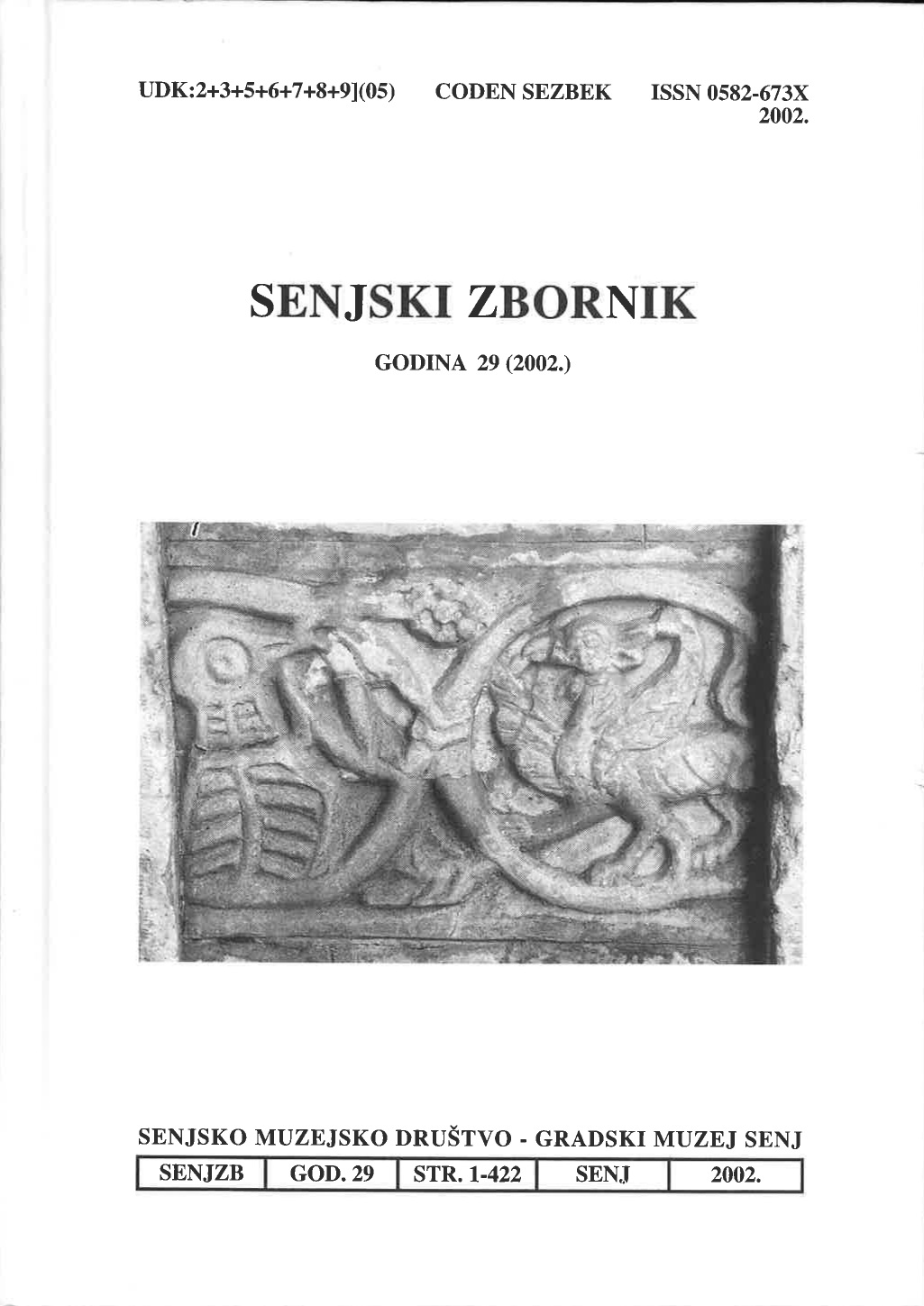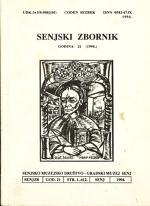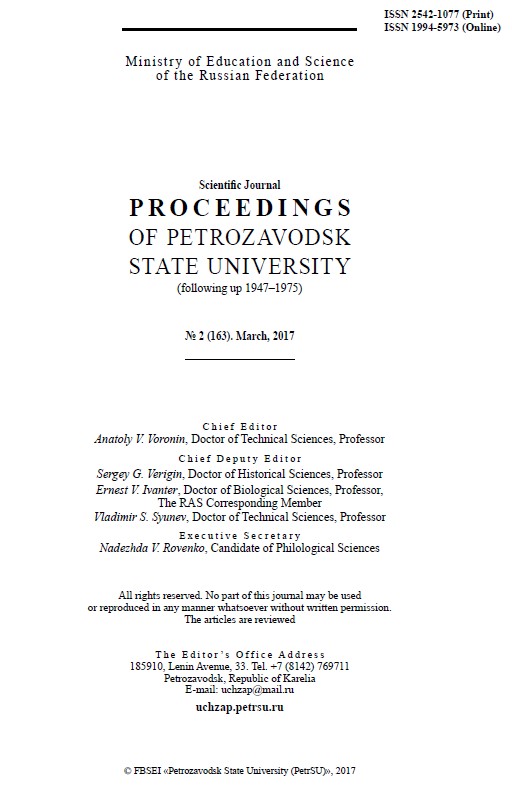
ПРИЧИНЫ ДЕПРЕССИВНОГО СОСТОЯНИЯ СТАДА АТЛАНТИЧЕСКОГО ЛОСОСЯ РЕКИ ВАРЗУГА (КОЛЬСКИЙ ПОЛУОСТРОВ)
The problem of negative trends in numerical strength dynamics in the species of Atlantic salmon inhabiting the Varzuga River (the White Sea basin) is studied in the article. A retrospective review of the fisheries in focus and their regulations are described. Dynamics of the spawning stock’s numerical strength are considered; the impact of different volumes of the fish yield is estimated. Based on the results of the long-term ongoing research describing the density of juveniles’ distribution on the nursery grounds, research data on the significant decrease in the parrs’ numerical strength (up to a complete absence in some parts of the river) were obtained. This fact coupled together with plummeting numbers of spawning migrants speaks of the unsatisfying state of salmon stock reproduction. This effect was conditioned by the unsustainable exploitation of the stock by massive illegal and unreported fishing. The method of mathematical simulation has defined a contemporary level of commercial exploitation of the Varzuga River’s salmon stock. It was concluded that a contemporary harvest of local producers, obtained by all types of fisheries, composes no less than 85 %. The implementation of the advised fish protection activities can assist in Atlantic salmon population recovery during 6–12 years.
More...
